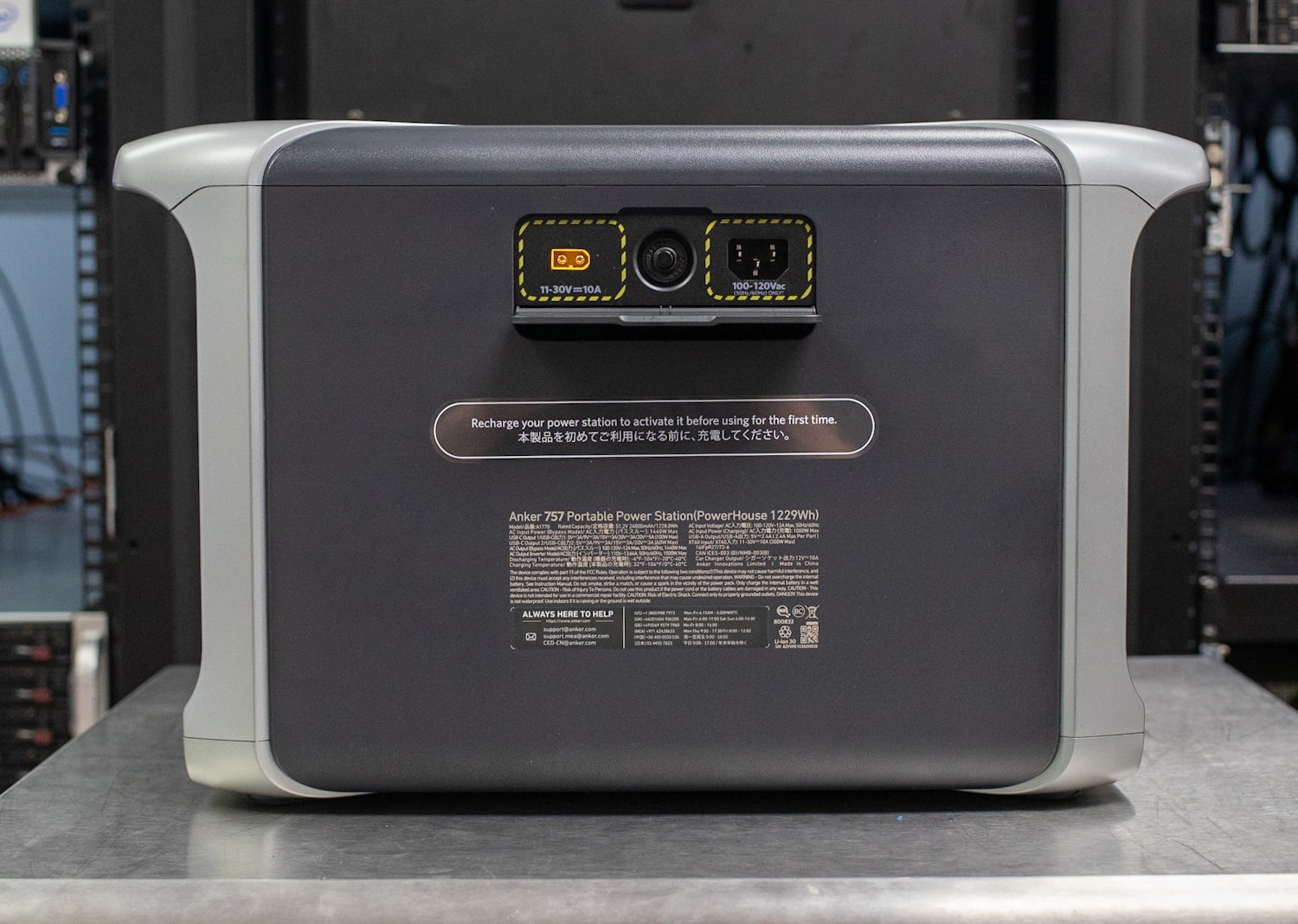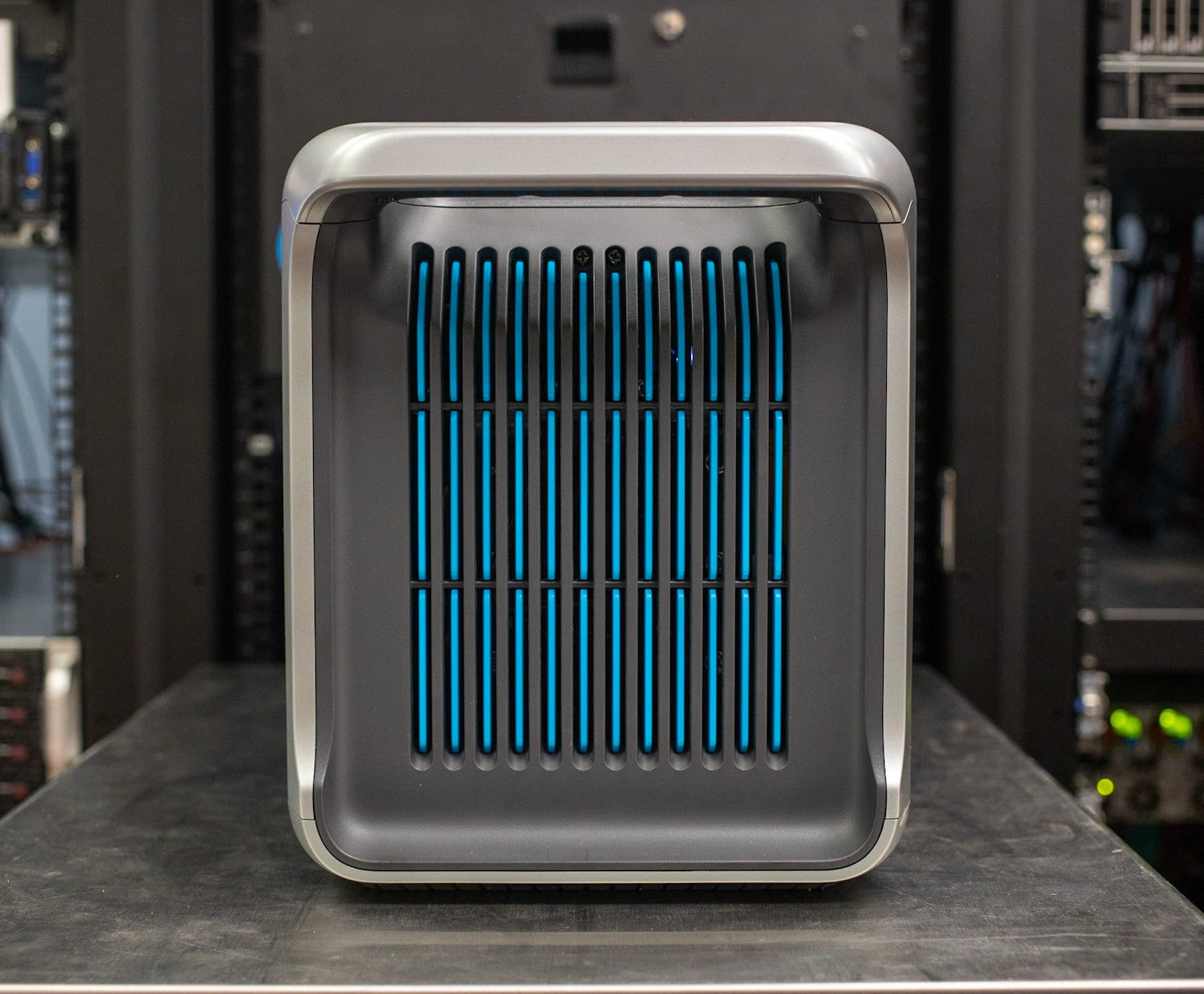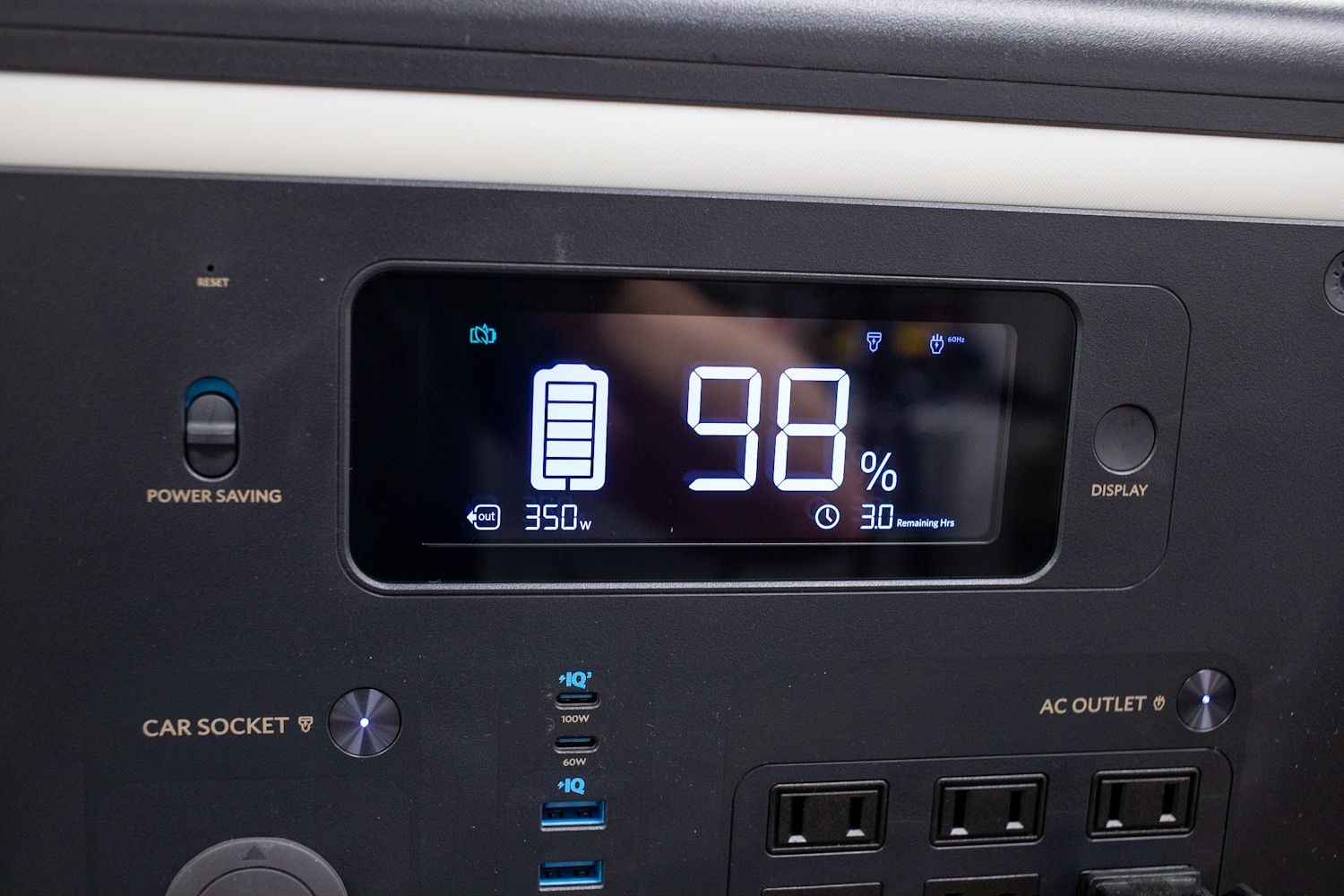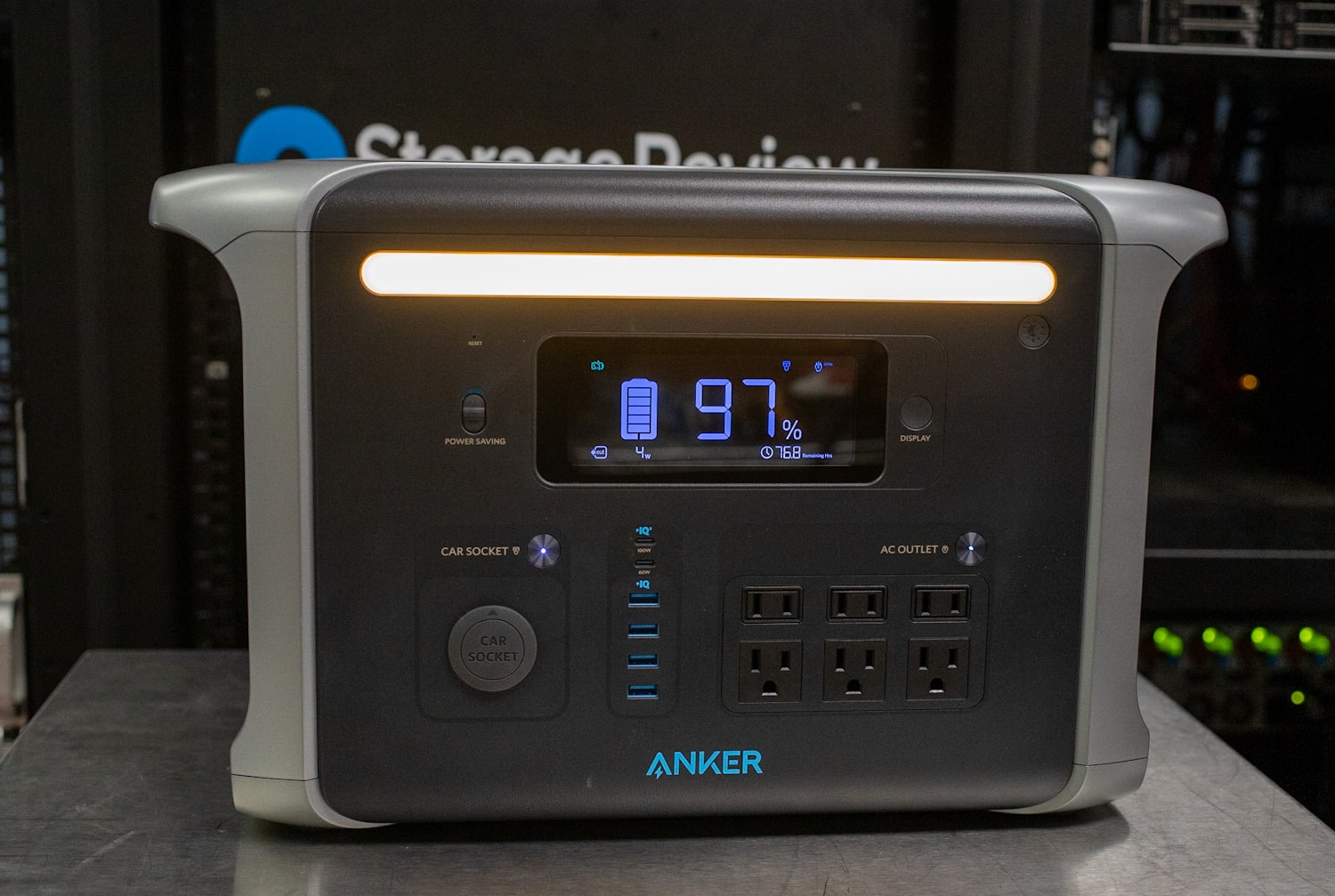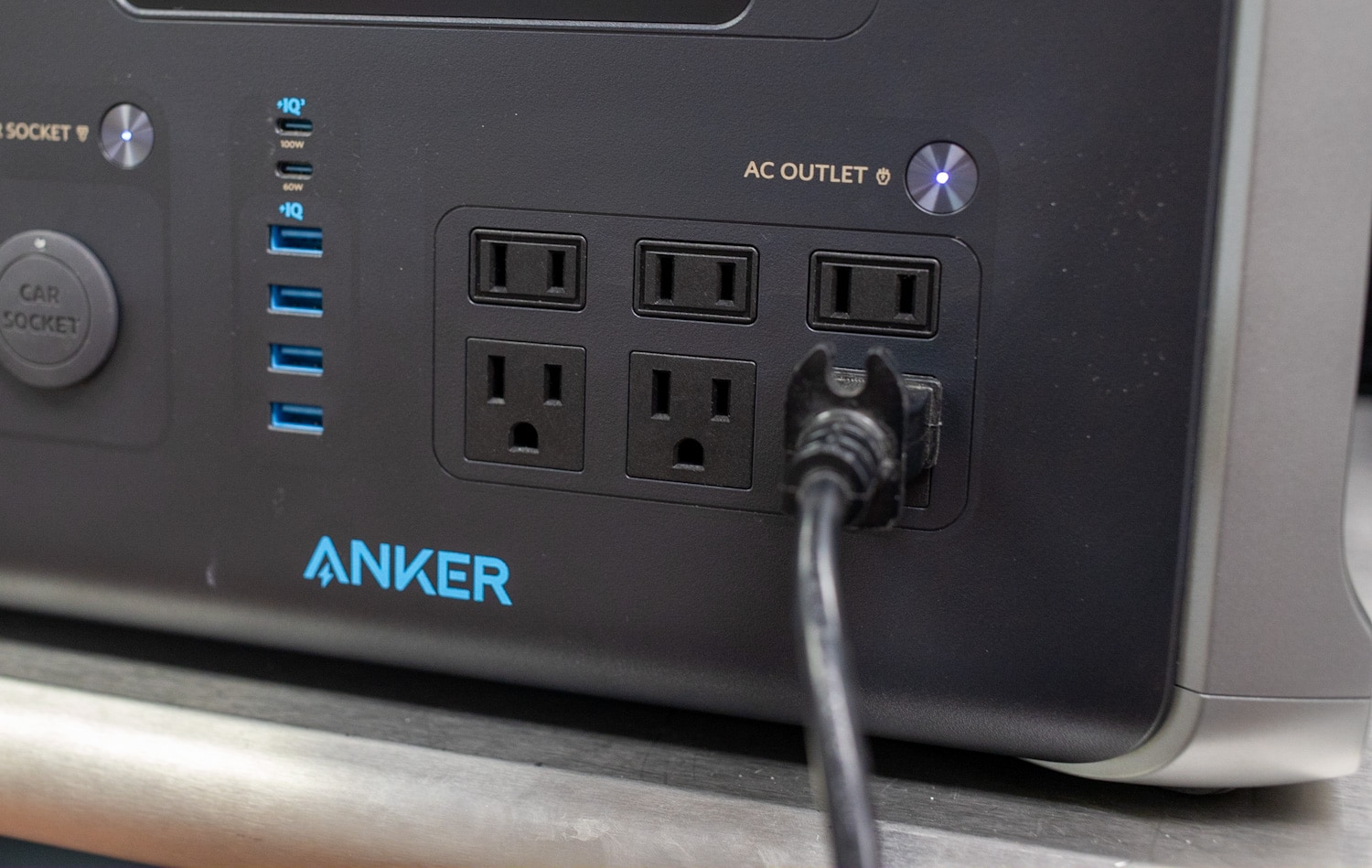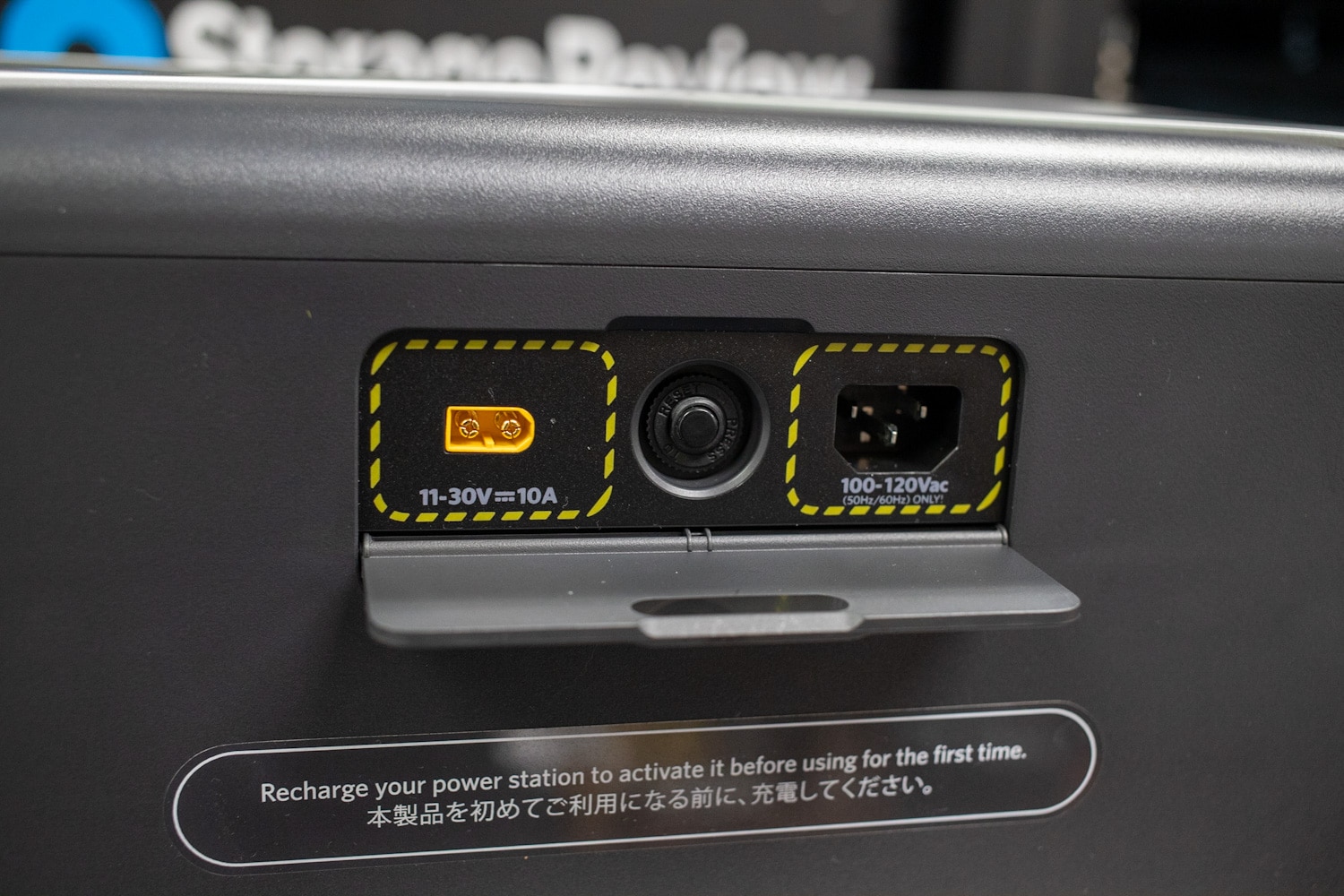The Anker 757 PowerHouse is a larger portable power station offering a 1229Wh battery and 1500-watt inverter. It is also claimed to have an impressive 10-year lifespan thanks to its proprietary InfiniPower technology and LiFePO4 batteries. The unit features an impact-resistant structural design and an inboard charger for rapid charging out in the field.
The Anker 757 PowerHouse is a larger portable power station offering a 1229Wh battery and 1500-watt inverter. It is also claimed to have an impressive 10-year lifespan thanks to its proprietary InfiniPower technology and LiFePO4 batteries. The unit features an impact-resistant structural design and an inboard charger for rapid charging out in the field.
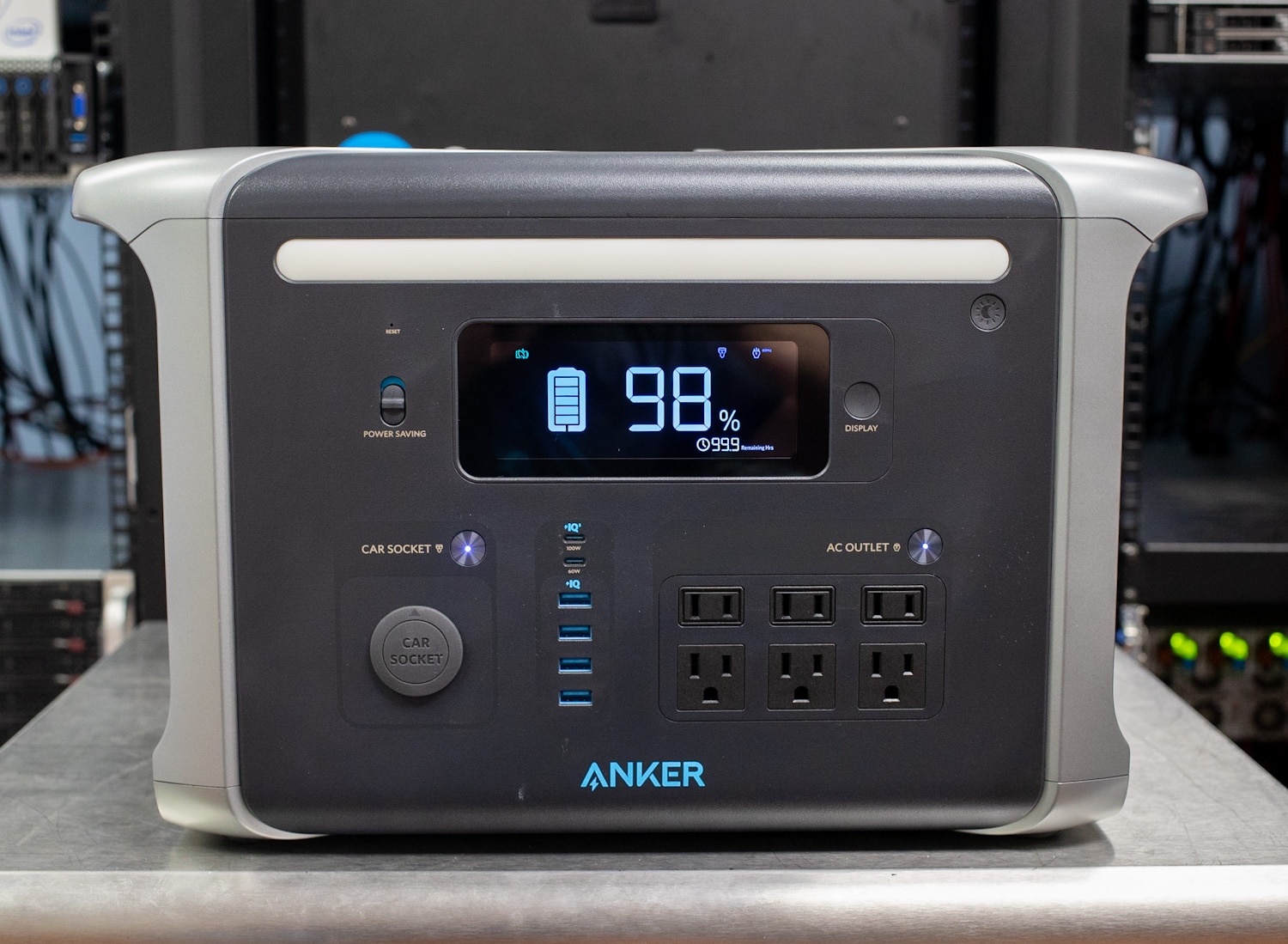
Anker has been working to set itself apart from others in the portable power station space by offering durable designs and long warranties. The 757 PowerHouse is backed by a 5-year warranty and offers a 10-year lifespan mostly in part to the newer LiFePO4 batteries. Many vendors in the industry have moved to this type of battery as they can offer more charge cycles before the battery packs degrade. LiFePO4 batteries also provide a higher level of safety as they are less volatile than previous types.
While the smaller Anker 555 PowerHouse had an external charging brick limited to a 200W charge speed, the 757 PowerHouse brings it internally. This leads to it being capable of offering exceptionally fast recharge times. The 757 can recharge to 80% in just one hour, as opposed to 5-6 hours for comparable products. This is a big deal for those that might be using the power station for higher-draw devices and need to top off the system more often during the day.
The power station is equipped with 13 ports to charge a variety of devices and appliances. It includes six AC ports, four USB-A ports, two USB-C ports, and a car outlet. The fast-charging 100W USB-C port allows users to charge their laptops at faster speeds with just a cable, eliminating the need for other bulky adapters in the field.
The package includes the Anker 757 Portable Power Station and three types of charging cables (AC charging cable, car charging cable, and solar charging cable). The unit weighs 43.9 lb and measures 18.2 x 11.3 x 9.3 in, making it more of an upper midrange unit.
At the time of this review, the Anker 757 PowerHouse has a street price of $949 which includes a coupon.
Anker 757 PowerHouse Specifications
| Cell Capacity | 1229 Wh |
| UPS | <20ms Discharging |
| Temperature | -4°F-104°F / -20°C-40°C |
| Charging Temperature | 32°F-104°F / 0°C-40°C |
| Input | |
| AC Input Voltage | 100-120V~ 12A Max, 50Hz/60Hz |
| AC Input Power (Charging) | 1000W Max |
| AC Input Power (Bypass Mode) | 1440W Max |
| Solar Panel Input | 11-30V 10A (300W Max) |
| Output | |
| Car Charger Output | 12V 10A Max |
| AC Output | 110V~ 13.64A, 50Hz/60Hz, 1500W Max |
| USB-A Output | 5V 2.4A (2.4A Max Per Port) |
| USB-C Output (100W) | 5V 3A/9V 3A/15V 3A/20V 3A/20V 5A (100W Max) |
| USB-C Output (60W) | 5V 3A/9V 3A/15V 3A/20V 3A (60W Max) |
| Size | |
| Dimensions | 18.2 × 11.3 × 9.3 in / 46.3 × 28.8 × 23.7 cm |
| Net Weight | 43.9 lb / 19.9 kg |
| Gross Weight | 48.7 lb / 22.1 kg |
Build and Design
The build and design of the 757 PowerHouse is both rugged and functional, which comes a long way when you start to interact with something just shy of 50lbs. The sturdy and durable case is designed to withstand the rigors of outdoor use, withstanding falls, scratches, and impacts. The large contoured carrying handles make it easy to carry, or share the load between two people. The bottom also includes rubber pads to help absorb impact when setting it down, to further limit impact or vibration into the chassis.
The large and easy-to-read LCD screen provides users with instant information on the battery status, input and output usage, and charging time. The physical control buttons for the different groups of power outlets are located on the front panel of the power station, allowing users to easily turn on and off the AC, USB-A, USB-C, and car charger outputs. Similar to the smaller 555 PowerHouse, the physical controls are the only methods to control the 757 PowerHouse, as there is no wireless connectivity. This isn’t a huge deal, but does limit some advanced features.
Charging speed on the larger units can be useful or sometimes work against you depending on the situation. The onboard chargers allow for much faster recharge times, which in the case of the Anker 757 Powerhouse can reach 1000W. When a power circuit being used is entirely open, charge rates aren’t an issue. For some limited power circuits being shared with other devices though, a way to dial back the charge rate can be needed. While the 757 isn’t one that needs a full 15A circuit with a 1500W charge speed as we’ve seen on other platforms, it is still worth noting.
While not a primary feature, the 757 Powerhouse includes a nice LED light across the front of the unit. It offers multiple brightness modes and isn’t blinding. It is useful to provide some illumination to the area surrounding it and finding ports at night.
Battery Capacity and Performance
The battery capacity of the 757 PowerHouse is listed as 1229Wh, which allows it to maintain fairly significant loads in the field without deleting too quickly. With a 350W load, we measured the discharge performance through the AC inverter to measure the capacity in that situation. We measured the actual capacity of the battery in this situation of 1070Wh.
On the charging side, with the unit consuming 1000W from the wall, we measured an actual power usage power of 1440Wh. This is an efficiency of around 72%, which is pretty common in this class. Another important consideration is for DC devices, you can bypass the AC inverter and gain additional runtime. For charging a notebook in the field, leveraging the USB-C ports instead of the AC power brick would see less overhead. Similarly, with AC/DC devices such as portable refrigeration units, leveraging the DC power cable would be preferred out in the field.
The AC inverter inside the 757 PowerHouse is rated at 1500W output with a surge capacity of 2,400W. This means that almost all electronic devices designed for a household or small business would be able to operate on it. The only exception would be items such as larger electric motors that may have very high in-rush current demands. With that said, if you are drawing 1000W out of the system, you will only get about an hour of runtime.
With an onboard charger the Anker 757 PowerHouse does support a pass-through mode to operate as a UPS. Here it has a power limit of around 1440W and it offers a less than 20ms switchover time. For many devices, this should be fine, although for desktop computers or sensitive devices, we highly recommend a traditional UPS.
Conclusion
The Anker 757 PowerHouse is a sturdy portable power station that offers a battery capacity of 1229Wh and a 1500-watt inverter with fast recharge capabilities. Anker’s InfiniPower technology and LiFePO4 batteries offer a lifespan of up to 10 years, which is near the top compared to other products in this market.
The 757 PowerHouse’s design is rugged and impact-resistant and feels as though it will hold up well over time. The LCD screen provides real-time information on battery status, input and output usage, and charging time. Usability with gloves is also no problem, with physical buttons for the AC and DC outputs.

For most the standout features of the 757 PowerHouse is its rapid charging speed and LiFePO4 batteries. These two items combined offer the most impact for a portable power station in this category, which depends on longevity and recharge times. Overall while the Anker 757 PowerHouse doesn’t include app support, it easily made up for it with durable controls and an easy-to-read screen for important information.
Engage with StorageReview
Newsletter | YouTube | Podcast iTunes/Spotify | Instagram | Twitter | TikTok | Discord | RSS Feed

